Refund Guaranteed
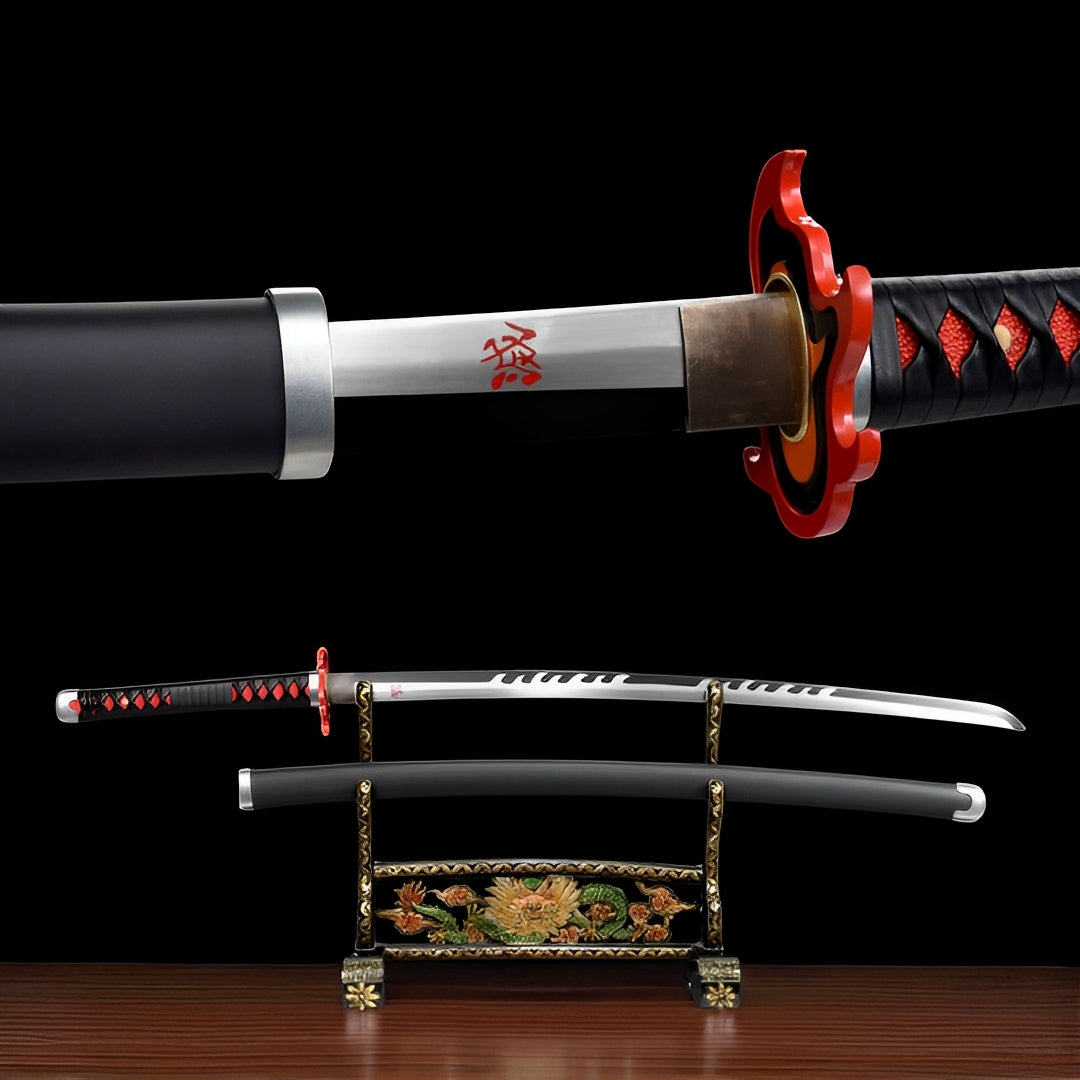
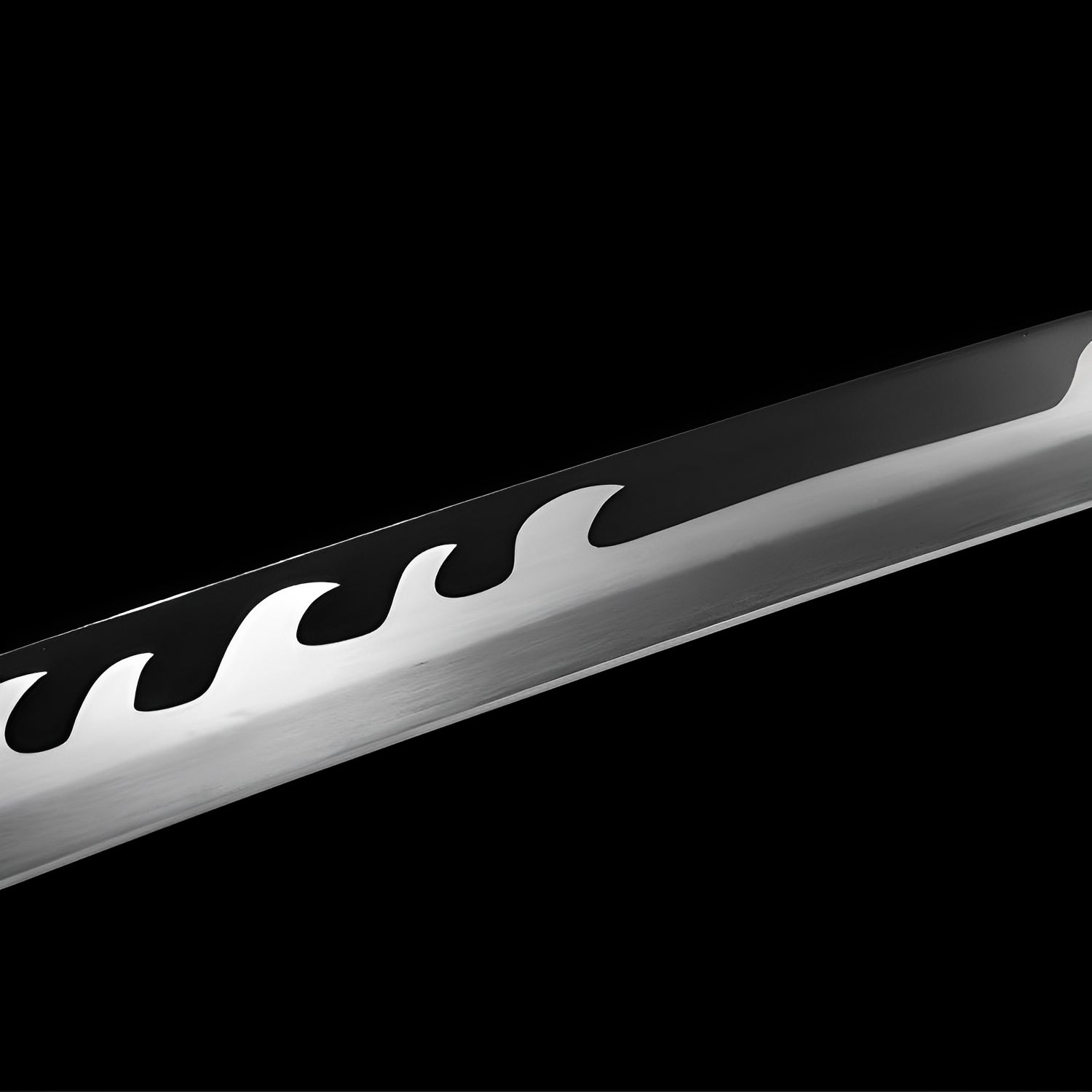
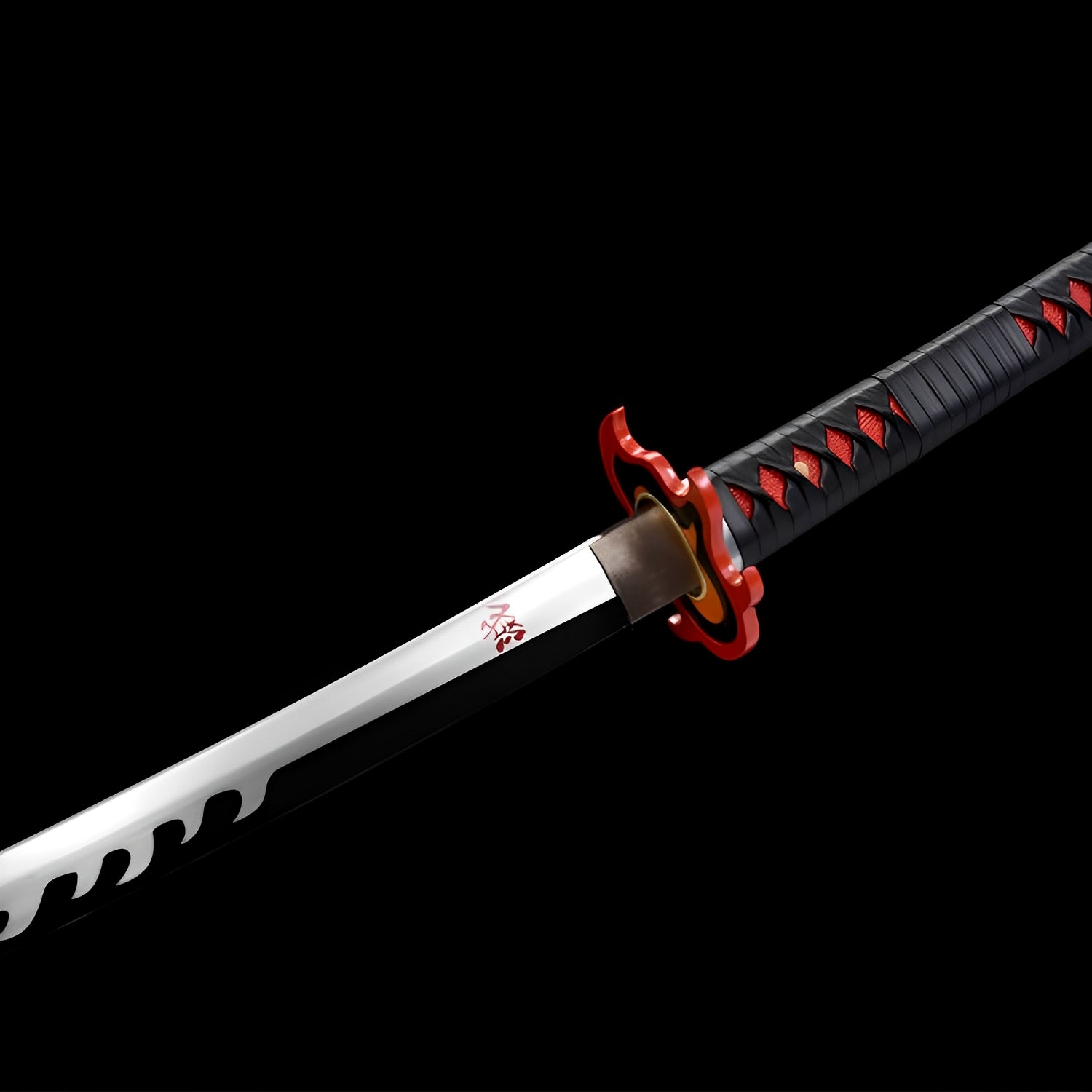

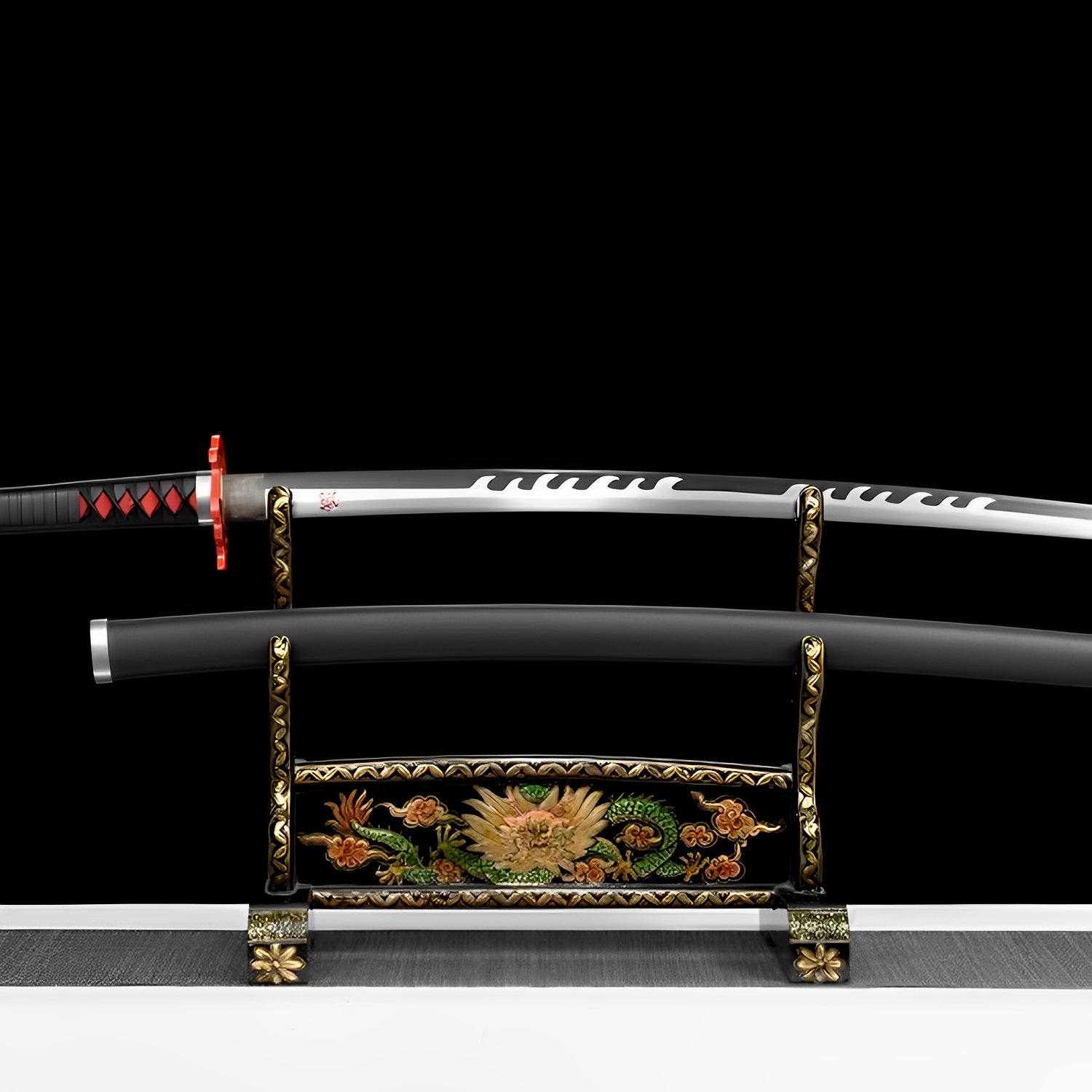
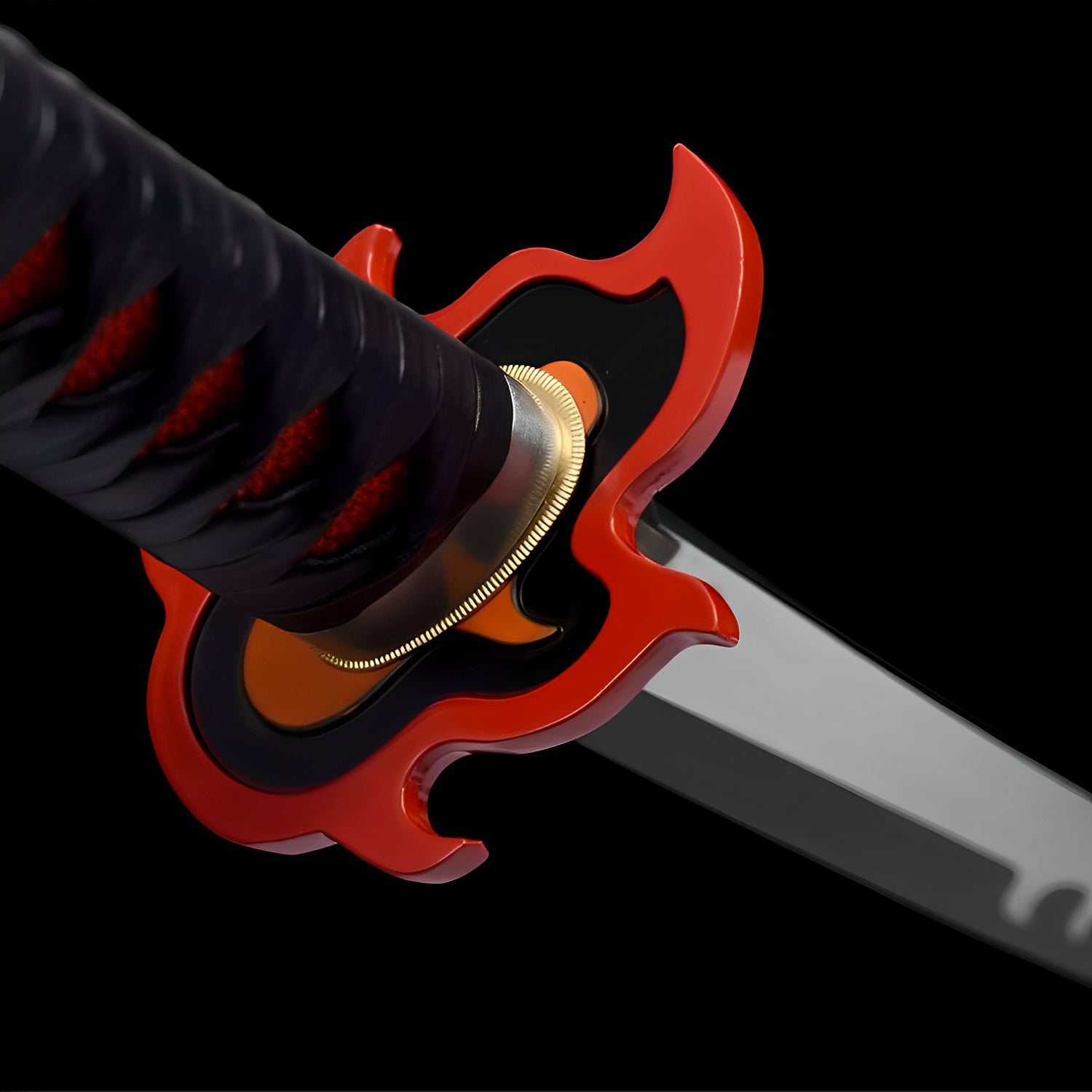
Why choose us
Ships within 48/72h
Forged Blade
Collector Quality
Trusted Globally
Inspired by Japan
Tanjiro Katana (Demon Slayer) - タンジロ
Included with your order



Note: Engraving placement and orientation may vary by blade model (hamon, geometry, and flat area).
Free Shipping over $250
No Bots, No AI
Refund Guaranteed
Free Shipping over $250
No Bots, No AI
Our team is here to help with any questions or concerns.
We’re always happy to assist you — don’t hesitate to reach out.
Why choose us
Ships within 48/72h
Forged Blade
Collector Quality
Trusted Globally
Inspired by Japan

Tanjiro Katana (Demon Slayer) - タンジロ
Specifications
- Handmade
- SHARP
- Blade: 1060 Carbon Steel
- SAGEO & ITO in Cotton
- Synthetic Rayskin
- Full Tang
- Iron Tsuba
- Total size: 105cm / 41 (in)
- Blade size: 72cm / 28 (in)
- Blade width: 3,2cm / 1.2 (in)
- Blade thickness: 0,7cm / 0.27 (in)
- Handle size: 30cm / 11.8 (in)
Tanjiro Katana - Water and Sun Convergence Blade
Breathe through adversity with Tanjiro's Katana, the black blade that shouldn't exist yet defines Demon Slayer's heart. This transformative protagonist sword embodies Tanjiro Kamado's unprecedented journey - mysterious black blade signaling rare potential, red tsuba honoring massacred family, white saya suggesting purity maintaining despite darkness witnessed. Not weapon of vengeance but tool of protection, wielded by boy who smells kindness in enemies, who carries demon sister on his back, who proves gentleness and strength aren't opposites but complements.
The Black Blade Mystery
When Tanjiro's nichirin blade turned black during Final Selection, experienced slayers exchanged worried glances. Black blades are exceptionally rare, their wielders' fates historically tragic - most dying young without achieving significant rank. The color supposedly indicates user who can't master single Breathing style, jack-of-all-trades mastering none. Yet Tanjiro defied that curse, mastering Water Breathing completely then unlocking ancestral Hinokami Kagura (Sun Breathing), proving black doesn't mean doomed but rather unlimited potential.
This black blade katana represents that defiance of expectations. Demon Slayer Corps classified Tanjiro as unlikely to survive, yet he defeated Upper Moons, mastered legendary techniques, and ultimately faced Muzan himself. The black steel that should've been death sentence became badge of honor proving destiny isn't predetermined by sword color.
The blade's darkness also mirrors what Tanjiro witnessed - his entire family slaughtered except Nezuko who became demon, his childhood innocence murdered in single night. Yet unlike typical revenge protagonists consumed by hatred, Tanjiro's blade stays black not from corruption but from absorbing that darkness without letting it poison his compassionate nature.
Modern viewers recognize this as masterful character design. Protagonists often start weak then power up through rage or trauma. Tanjiro starts traumatized yet maintains kindness, grows stronger while remaining gentle, masters killing demons while pitying their human pasts. The Water Breathing sword channels that paradox - deadly force wielded by merciful heart.
The mystery surrounding black blades adds intrigue collectors appreciate. Demon Slayer never fully explained why Tanjiro's turned black when Sun Breathing users historically had red blades. That ambiguity allows fan theories, deeper engagement with lore, discussions about what the color truly signifies beyond superstition.
Crimson Guard Heritage
The brilliant red tsuba immediately distinguishes Tanjiro's blade from standard Corps issue. This vibrant crimson references his family's connection to Hinokami Kagura - the fire god dance passed through Kamado generations, later revealed as original Sun Breathing technique that all other styles derived from.
The red tsuba katana also honors his father Tanjuro, who performed the ritual dance despite terminal illness, demonstrating that true strength transcends physical limitations. Tanjiro watching those performances unknowingly absorbed Sun Breathing's essence, his body remembering even when mind forgot.
Red specifically symbolizes the earrings Tanjiro inherited from his father, which Yoriichi Tsugikuni (original Sun Breather) gave to Tanjiro's ancestor. Those earrings mark him as successor to demon slaying's most powerful legacy, the man Muzan feared above all others. The crimson guard becomes visual echo of those fateful earrings.
The color also represents blood - family bonds written in shared lineage, sacrifices made protecting loved ones, the cost of fighting demons measured in injuries and losses. But unlike dark reds suggesting violence, this vibrant crimson radiates warmth like campfire gathering families, like sunset promising tomorrow, like living warmth demons eternally crave yet can never reclaim.
Quality metalwork on the tsuba shows attention to detail separating premium replicas from cheap props. The circular form with possible floral or geometric patterns references traditional Japanese sword guard aesthetics while the red finish makes bold statement about wielder's unique status.
Dual Breathing Mastery
What makes Tanjiro's sword legendary isn't just its color but what he does with it. Initially learning Water Breathing from Urokodaki, he mastered all ten forms showing natural talent. But later unlocking Hinokami Kagura revealed his true calling - techniques far more powerful but physically demanding, requiring him alternating between styles based on tactical needs.
This dual style blade represents unprecedented achievement. Most slayers spend lifetimes perfecting single Breathing style. Tanjiro fluently switches mid-combat between Water's flowing adaptability and Sun's overwhelming offense, creating hybrid approach that confused enemies expecting single fighting pattern.
The Water Breathing techniques - Water Surface Slash, Waterfall Basin, Whirlpool - emphasize fluid movement, defensive capability, wearing opponents down through persistent strikes like water eroding stone. The black blade executing these moves suggests storm clouds gathering over ocean, darkness presaging tempest.
The Sun Breathing techniques - Dance, Clear Blue Sky, Raging Sun - focus on explosive power, aggressive assault, movements mimicking solar fire. The same black blade suddenly radiates different energy during these forms, proving steel's appearance matters less than wielder's spirit channeling through it.
Collectors appreciate how the replica captures both aspects. The black-and-white aesthetic with red accents can represent either style depending on context - cool tones suggesting water, warm red hinting at fire, the duality embodied in single elegant package.
Compassionate Demon Slayer
Tanjiro revolutionized shonen protagonists by maintaining empathy despite having every reason embracing hatred. He smells Nezuko's humanity remaining despite demon transformation. He pities Rui's twisted family bonds. He gives defeated demons moments of dignity before they dissolve. The merciful blade channels that philosophy.
Traditional samurai believed swords possessed souls, that how weapons were wielded determined their spiritual nature. Tanjiro's katana therefore becomes extension of his compassionate determination - deadly when protecting innocents, merciful toward defeated enemies, distinguished by wielder's refusal dehumanizing even monsters.
This approach frustrated characters like Inosuke and Zenitsu who wanted simple revenge narrative. But Tanjiro understood demons were former humans corrupted by Muzan, that killing them was tragic necessity rather than righteous vengeance. The blade executing those merciful deaths carries weight of understanding what's lost each time steel cuts through corrupted flesh.
Modern audiences resonated with this complexity. Everyone faces situations requiring difficult choices - protecting some means harming others, justice sometimes demands actions that feel wrong, doing right doesn't always feel good. Tanjiro's blade represents moral sophistication rare in battle shonen, proving you can be gentle warrior rather than choosing between those identities.
The white saya reinforces purity theme. Despite everything witnessed, despite darkness he's channeled, Tanjiro maintains moral clarity. The white doesn't symbolize innocence - he lost that when family died - but rather deliberate choice maintaining ethical standards despite circumstances excusing their abandonment.
Essential Protagonist Collection
For Demon Slayer sword collectors, Tanjiro's blade represents the series' emotional and narrative center. While Hashira like Rengoku or Tengen offer spectacular aesthetics and beloved personalities, Tanjiro drives the entire story - his quest avenging family and curing Nezuko motivates every arc, his growth charts viewer's journey through demon-slaying world.
The black-white-red color scheme photographs dramatically while maintaining sophisticated restraint. Unlike some anime swords featuring rainbow excess, this palette creates clean visual statement working in varied display contexts. Pair with Nezuko's bamboo mouthpiece, other Demon Slayer Corps weapons, or display solo acknowledging protagonist's central importance.
Cosplay applications benefit from instant recognition. Tanjiro's distinctive checkered haori and earrings already make him convention favorite, the black katana completing iconic look. Quality replica elevates costume from good to professional, the sword's proper proportions and finishing making photos worthy of portfolio rather than casual snapshots.
Investment considerations favor main protagonist weapons. Unlike side characters whose popularity fluctuates, series heroes maintain relevance as entry points for new fans discovering completed shows. Demon Slayer's massive success - highest-grossing anime film, manga sales records, global cultural impact - ensures sustained collector demand.
The emotional connection runs deep for fans who followed Tanjiro from traumatized child to demon-slaying force. His determination protecting Nezuko despite Corps rules, his growth from naive boy to capable warrior, his refusal losing compassion despite exposure to horror - that journey resonated with millions finding strength through his example.
Care Instructions: Wipe black blade carefully maintaining its mysterious dark finish - this color's rarity demands proper preservation. The white saya benefits from gentle cleaning maintaining pristine appearance contrasting against black steel. Polish red tsuba preserving its vibrant family heritage connection. Handle with Tanjiro's characteristic care - respectful, deliberate, understanding the sword represents responsibility rather than mere power. Display where it reminds you that strength and kindness can coexist, that gentleness isn't weakness but requires greater courage than violence.
Total Concentration. Water Breathing. The blade that proves compassion conquers hatred.
Legal Disclaimer
By purchasing from Katana Corp, you acknowledge and agree that:
- You are at least 18 years of age (or the age of majority in your jurisdiction).
- You are solely responsible for verifying and complying with all local laws and import regulations before placing an order.
- Some countries prohibit the importation of swords entirely. Katana Corp is not responsible for orders delayed, seized, or refused by customs authorities.
- All katanas and related products are sold strictly as decorative and display items. They are not intended or certified for combat use.
- Depending on the jurisdiction, swords may legally be considered bladed weapons, subject to specific restrictions or prohibitions.
- Katana Corp disclaims all liability for any injury, damage, or legal consequences resulting from misuse, abuse, or unlawful use of its products.
For full details, please refer to our Terms of Service.
Care & Maintenance
To maintain your katana's appearance and performance over time, we recommend:
- Regularly wiping the blade with a soft cloth to remove fingerprints and moisture.
- Applying a light coat of choji oil to prevent rust (for carbon steel blades).
- Storing the sword in a dry place, preferably inside its saya.
- Avoiding direct contact with hard surfaces to preserve sharpness and finish.
For more care tips, check our full maintenance guide in the FAQ section.
Behind the Blade
Every katana we offer carries the essence of centuries-old craftsmanship.
More than just a weapon, the katana symbolizes discipline, honor, and mastery.
Our artisans draw inspiration from traditional forging methods to ensure each blade reflects the spirit of the samurai — strength, precision, and soul.
Owning one is not just about aesthetics — it’s about carrying a piece of that legacy.
User Experience
This katana is designed to offer a perfect balance between blade and handle.
Its ergonomic tsuka (handle) allows a secure two-handed grip, while the weight distribution ensures smooth, fluid movement.
Whether for training, display or cutting practice, handling feels natural and precise.

The Art of Traditional Forging
Each katana we craft is born from centuries of samurai tradition.
Our master smiths shape every blade by hand, folding the steel to achieve unmatched strength, flexibility, and beauty.
This time-honored process is not just about creating a weapon? it’s about preserving a legacy of discipline, honor, and artistry.
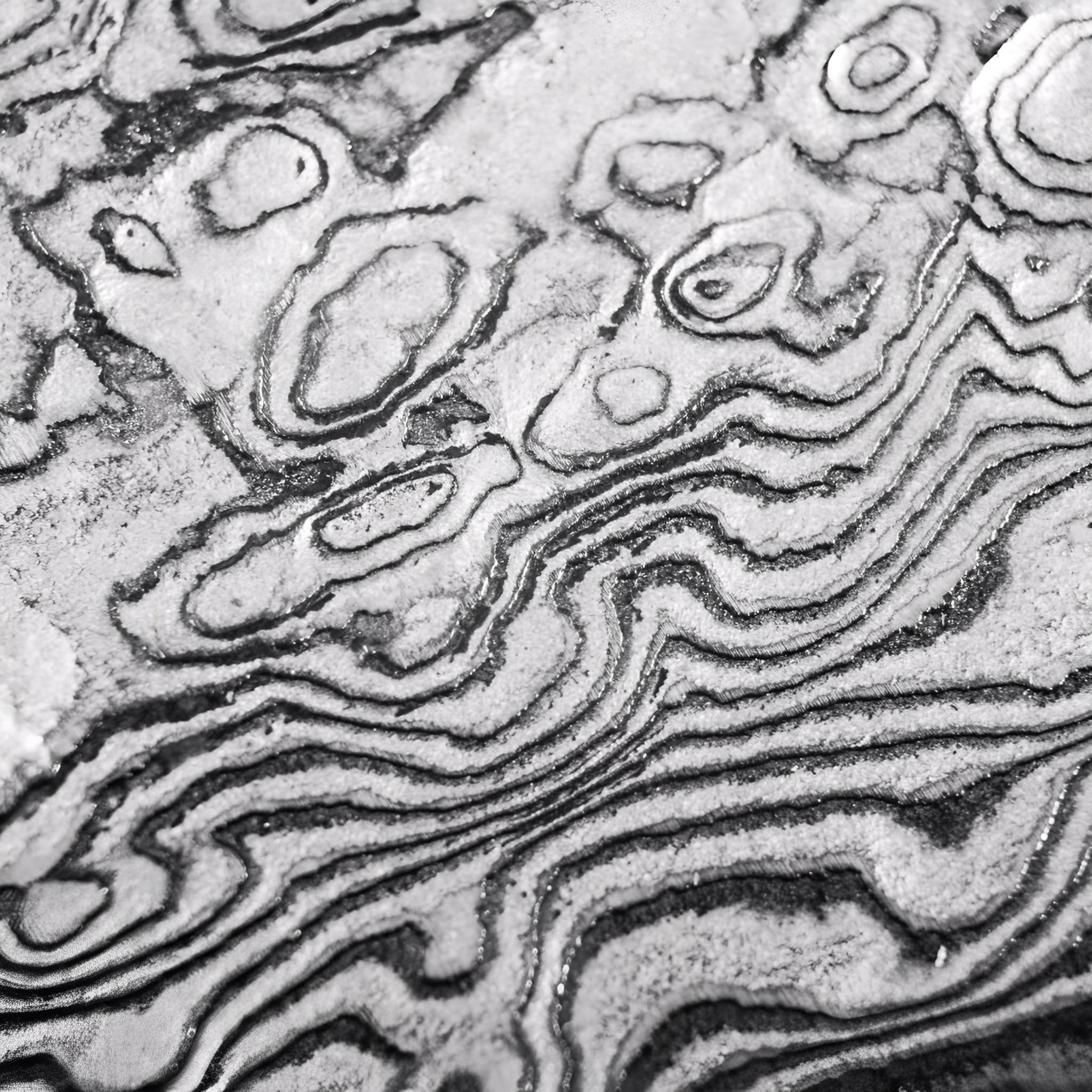
Materials Chosen Without Compromise
We select only the highest-grade steels and authentic fittings to ensure every katana is both a masterpiece and a reliable companion.
From the flawless hamon line to the perfectly balanced tang, each detail is carefully inspected to meet the highest standards of performance and aesthetics.
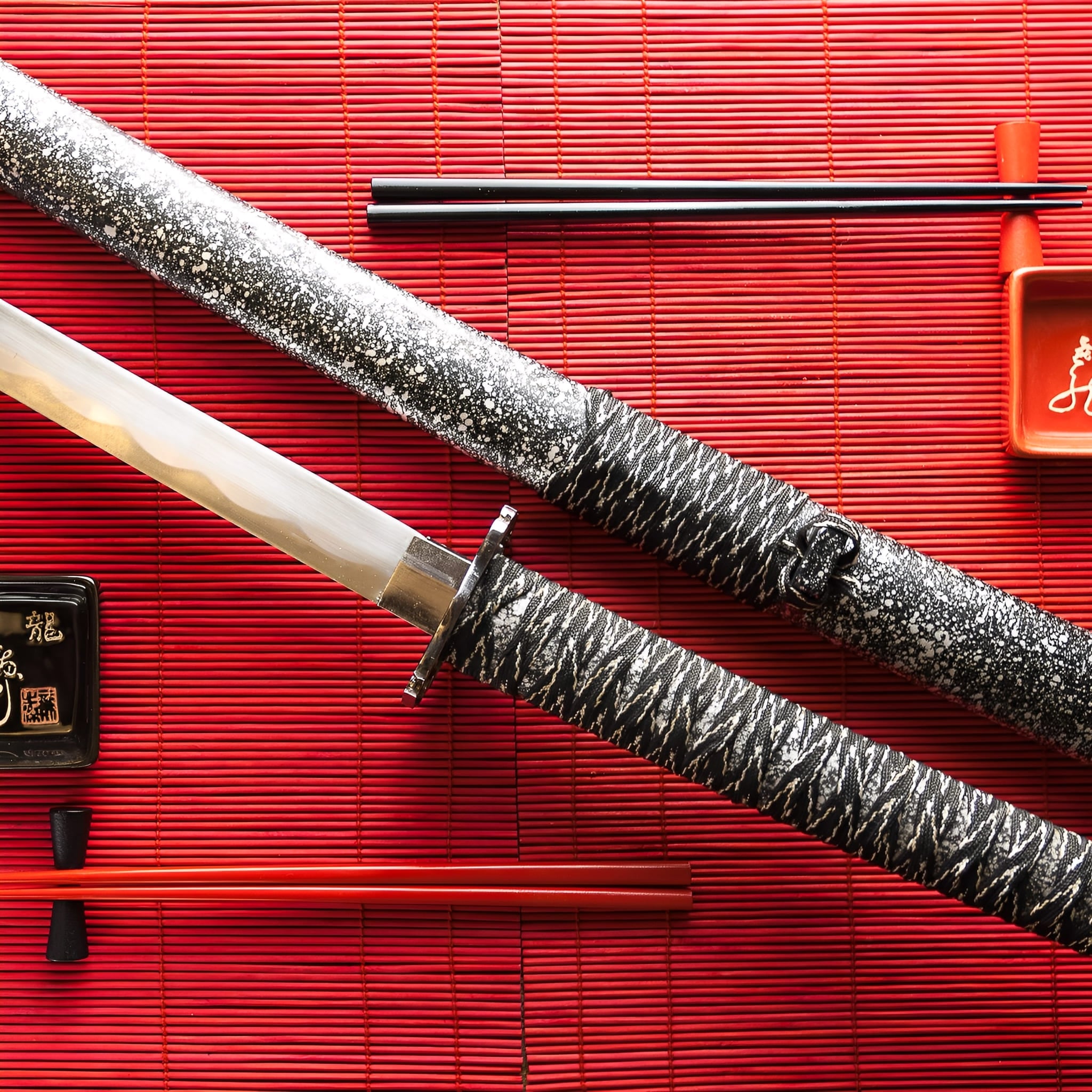
More Than a Sword, A Lifelong Legacy
Owning a handmade katana is an experience that goes beyond the blade itself. It’s holding history, tradition, and craftsmanship in your hands.
Whether displayed as a work of art or wielded with precision, your katana will stand as a symbol of timeless skill and dedication for generations to come.
-
Key Destinations
United States: 5–7 days
Canada: 5–7 days
Australia: 6–9 days
Denmark: 4–6 days
Netherlands: 3–5 days
Sweden: 4–6 days
Switzerland: 3–5 days
Finland: 5–7 days
Singapore: 6–8 days -
Central European Partners
France: 2–3 days
Germany: 3–5 days
Spain: 4–6 days
Italy: 4–6 days
Belgium: 3–5 days
Austria: 4–6 days
Ireland: 4–6 days
Poland: 4–6 days
Portugal: 4–6 days -
Extended EU Network
Czechia: 4–6 days
Hungary: 4–6 days
Slovakia: 4–6 days
Slovenia: 5–7 days
Romania: 5–7 days
Bulgaria: 5–7 days
Croatia: 5–7 days
Serbia: 5–7 days
Estonia: 5–7 days
Latvia: 5–7 days
Lithuania: 5–7 days
Luxembourg: 3–5 days
Greece: 5–8 days -
FAQ’s
Visit our FAQs page to find answers to common questions.